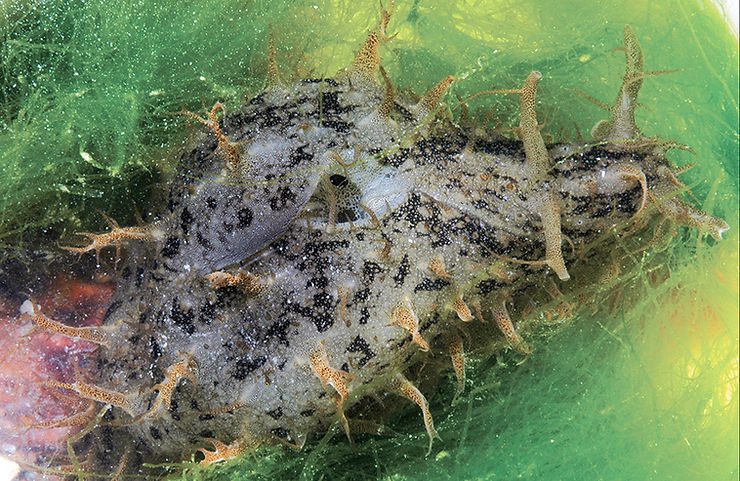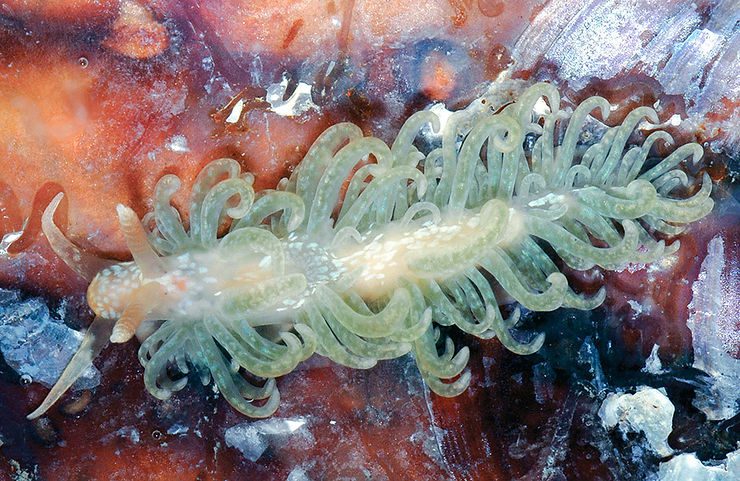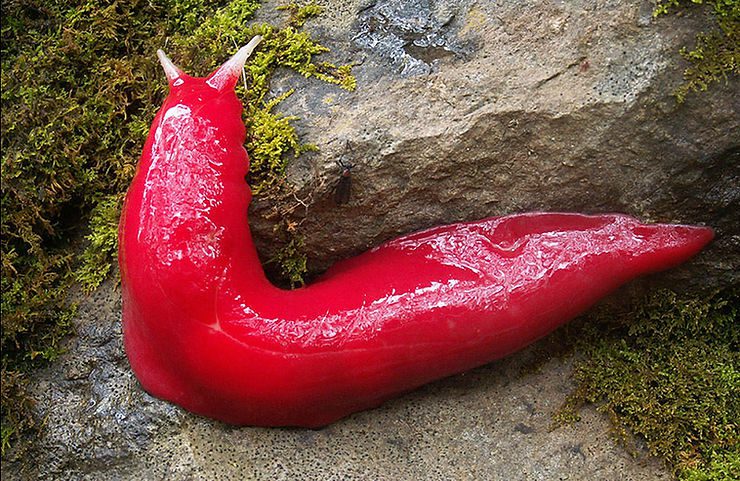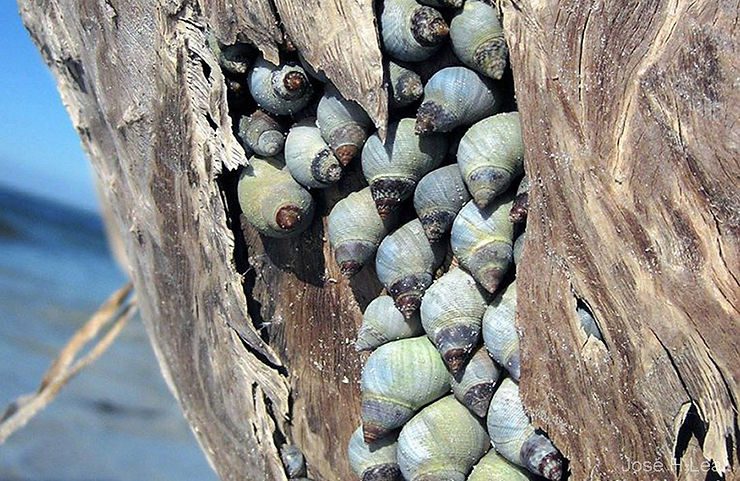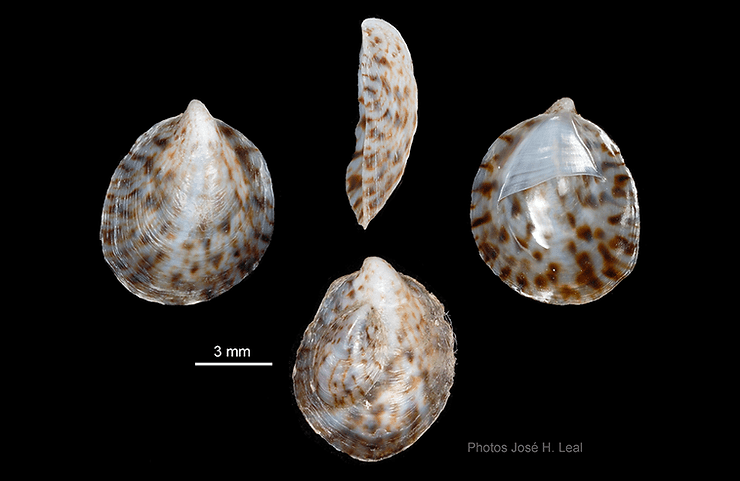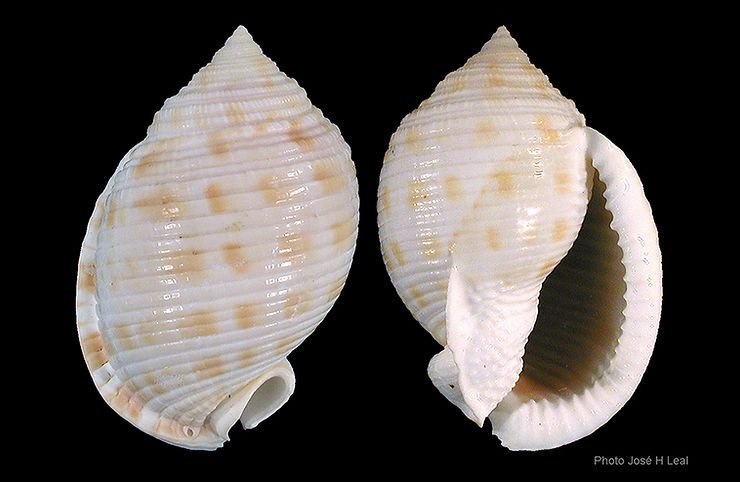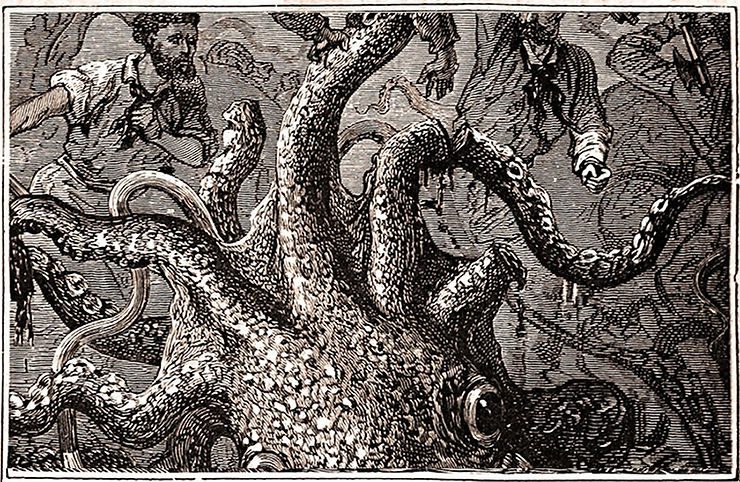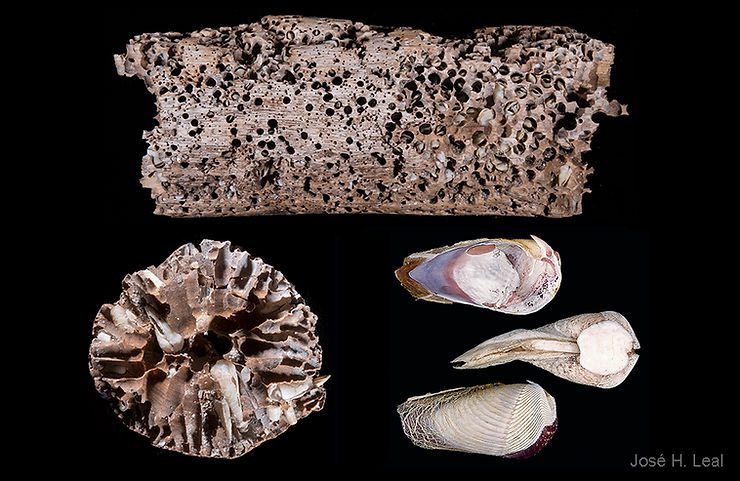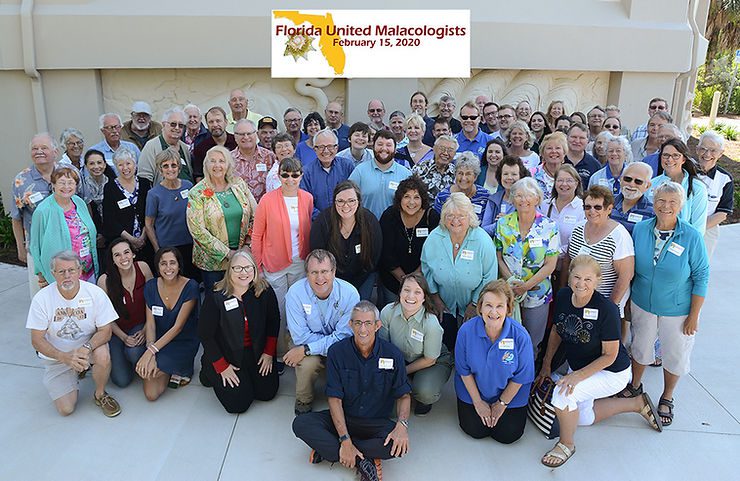
FUM 2020: Thank You!
Thank you to all who participated in the eleventh meeting of Florida United Malacologists last Saturday, February 15, at the Bailey-Matthews National Shell Museum. The event was the best attended since its inception, with 73 registrants checking in. The event took place in the newly renovated auditorium on the second floor of the Museum. Fifteen presenters kept the audience on their toes via a wide range of topics, including the Museum's new Beyond Shells living exhibits, how to keep octopuses "
